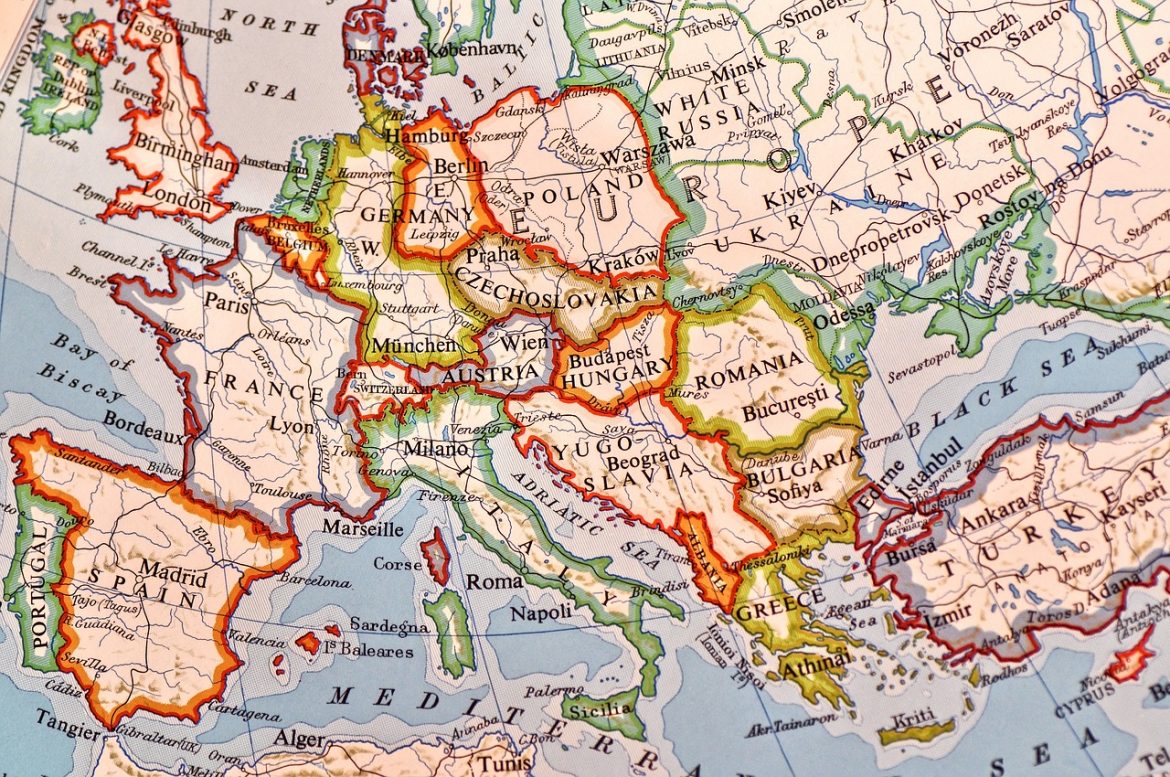The decision to study medicine in Europe is a defining moment in a prospective student’s life, involving a significant investment of time, effort, and resources. With its rich academic excellence history, Europe has become a premier destination for medical education, offering world-renowned programs that attract aspiring physicians from across the globe.
This blog post delves into the myriad reasons to choose Europe for medical studies, outlines admission requirements, and highlights top medical programs. We’ll also provide an understanding of the structured training and practical experiences offered, explore the vast career opportunities post-graduation, and discuss how to navigate financial aid and scholarships.
Why Choose Europe for Medical Studies?
Europe stands out for its high-quality medical education, internationally diverse classrooms, and rich cultural experiences. Programs across European medical schools are often taught in English, facilitating a more inclusive learning environment for international students. Moreover, European medical degrees are widely recognised and respected, offering a great return on investment with generally lower tuition fees than equivalent programs in the U.S.
Navigating the Admission Requirements
European medical schools require a strong foundation in sciences and a good score in entrance exams like the UKCAT, BMAT, or IMAT, depending on the country. Prospective students should be prepared to showcase their academic prowess, and language proficiency (TOEFL/IELTS if non-native), and demonstrate motivation through personal statements or interviews. The requirements can vary greatly by country and institution, so thorough research and preparation are critical for success.
Spotlight on Top European Medical Programs
Europe is home to many of the world’s oldest and most prestigious medical schools. For instance, The University of Oxford and The University of Cambridge in the UK, Karolinska Institutet in Sweden, and the University of Leuven in Belgium consistently rank among the top institutions for medical research and education. Other notable schools include the University of Copenhagen in Denmark, and Sapienza University of Rome in Italy, each providing cutting-edge facilities and world-class education.
Comprehensive Overview of Program Structures
Program structures can vary from one European country to another. Typically, medical education spans 6 years and combines theoretical study with clinical practice. Some countries offer ‘fast-track’ graduate entry programs for candidates with a prior relevant degree, condensing the curriculum into four years. Students can expect rigorous coursework, early exposure to clinical settings, and ample opportunity for specialisation.
Practical Training and Internships
European medical programs focus heavily on hands-on training. Clinical rotations and internships are key components, offering students real-world experience in various specialties. Reputable teaching hospitals and clinics affiliated with European medical schools ensure world-class practical training under the supervision of experienced healthcare professionals.
Life After Graduation: Career Opportunities and Global Recognition
Upon graduation, European-trained doctors enjoy excellent career prospects due to the global recognition of their qualifications. Graduates can pursue specialisations, engage in research, or enter healthcare systems worldwide. However, it’s important to note that practicing in different countries may require passing local licensing examinations.
Navigating Financial Aid and Scholarships
Despite the generally lower tuition fees in Europe compared to the U.S., the financial investment in medical education can still be significant. Prospective students are encouraged to seek scholarships, grants, and bursaries available specifically for medical studies. Additionally, understanding the cost of living in various European cities is crucial for financial planning.
Conclusion
Europe’s blend of tradition, diversity, innovation, and quality in medical education marks it as an outstanding choice for prospective medical students from around the world. With comprehensive program structures, extensive practical training, and a wealth of career opportunities, European medical programs stand out as an attractive pathway for those aspiring to excel in the medical field. Students should approach the application process with diligence, embrace the challenge of medical studies, and make the most of the international and multicultural environment that European institutions have to offer.




